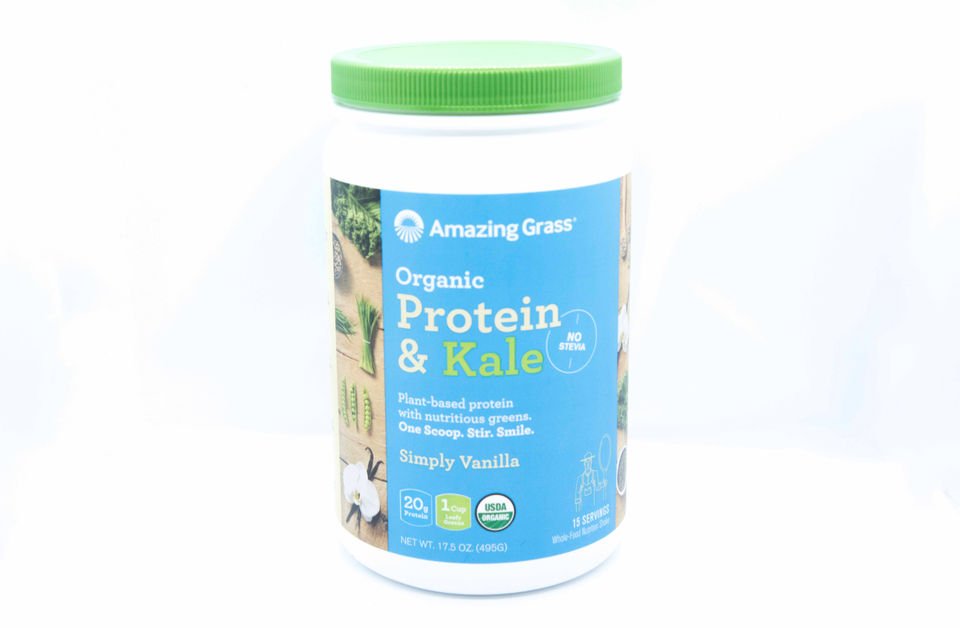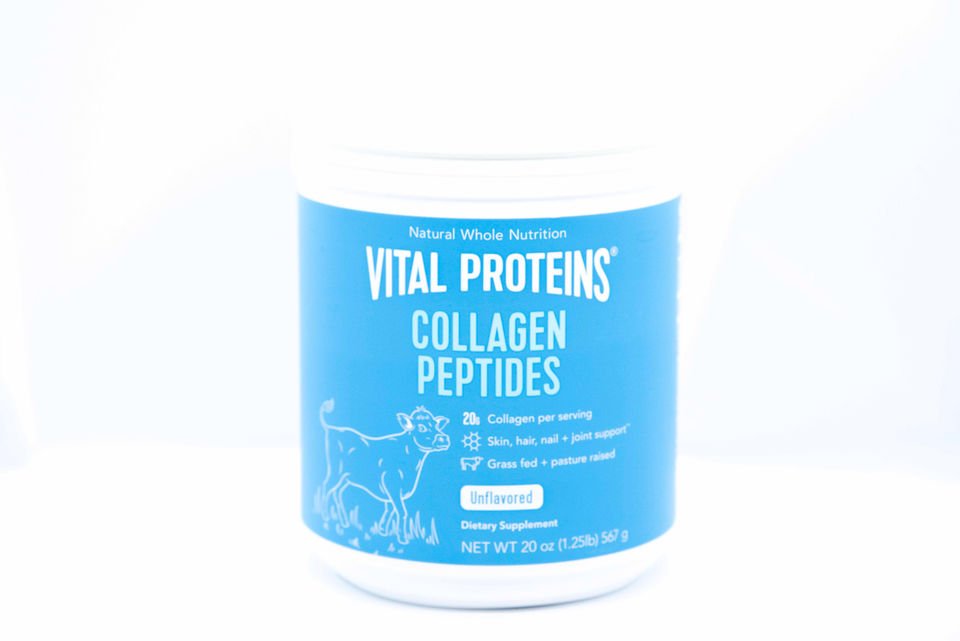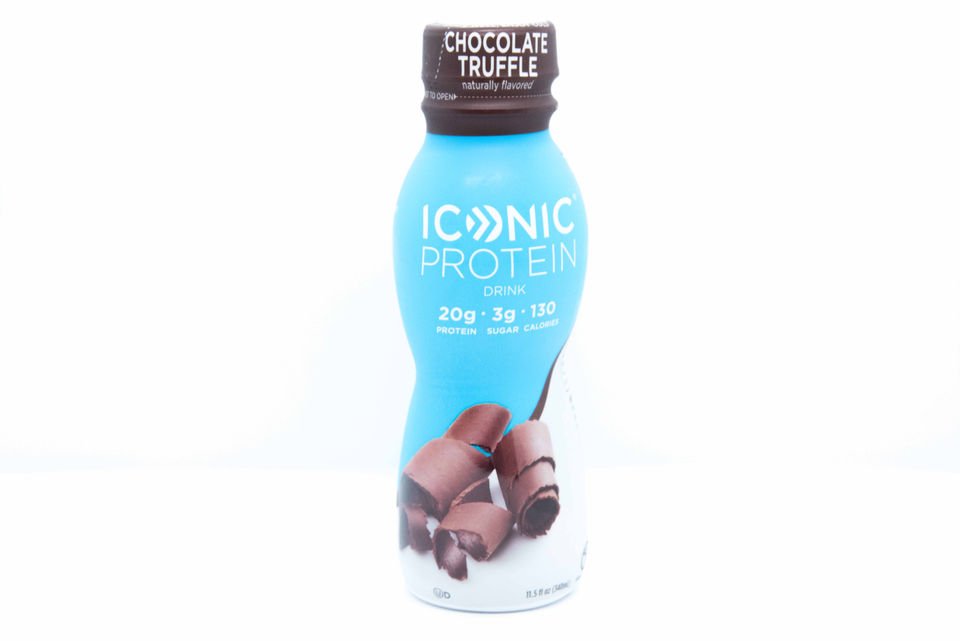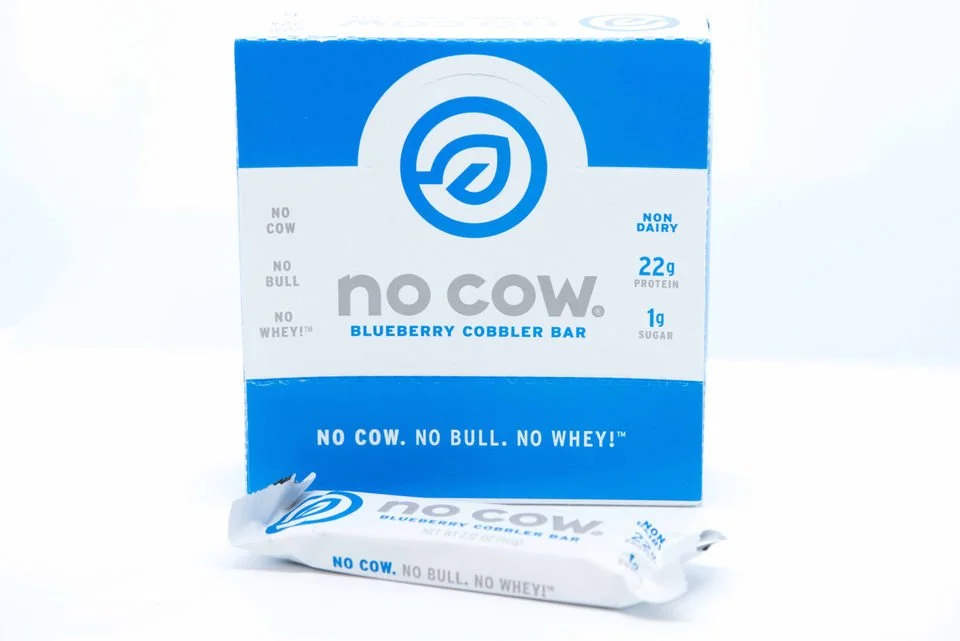The best protein supplements: 5 powders, 3 bars, 2 drinks (as seen on NOLA.com)
I start my day with a couple of scoops of protein powder blended with berries for a fruity smoothie, or mixed with coffee and almond milk in an iced coffee.
I keep a few protein bars in my bag for when I’m on the go and haven’t planned for a real-food snack.
I do this even though I know I can easily reach my daily protein goals with real, whole, unprocessed foods. Like many busy folks, I find that supplementing my healthy diet ensures that I’ll hit this essential nutrition goal.
istock
Protein is vital for healthy bones, muscles, cartilage, skin and blood. It also helps with recovery after exercise.
The average person should consume 0.5 to 0.75 grams (or even 1 gram) of protein per pound of body weight. For an average 150-pound person, this means aiming for 75-150 grams of protein daily.
For more details on this, read “Protein primer: How much we need, why we need it, how to get it” at NOLA.com/wherenola eats.
Typically, powders, drinks and bars range from 10 to 30 grams of protein per serving. If you want to add these products to your diet, here are my favorites for both nutrition and taste.
Powders are typically the most efficient sources of protein, followed by ready-to-drink beverages and then bars.
Versatile protein powders blend easily into creamy shakes, smoothies or coffee. The powders can be added to baked goods, waffles and pancakes, or dissolved into milk or almond milk and stirred into oatmeal or fiber-rich cereal.
With so many brands from which to choose, an most important consideration may be whether it tastes good. Many brands are available in single-serve packets, making it easy to taste-test. Ask about your health food store’s return policy; some allow store credit, exchanges or refunds on opened powders.
Below is a brief overview of the main categories of protein powder: whey, casein and plant-based. First, however, here are three terms that are commonly found on labels. They are ranked in order of purity and digestibility. Hydrolysate is purest, followed by isolate and then concentrate.
· Protein hydrolysate is processed to break down the longer protein chains into smaller fragments, making it a purer form of protein.
· Protein isolates are a pure source, containing at least 90 percent protein.
· Protein concentrates contain less protein (typically 70 to 90 percent), with more carbs and fat.
Teddie Taylor
Whey protein is easily digested and absorbed by the body, making it a great pre- and post-workout option for fueling and recovery. Both whey isolate and whey hydrolysate are extremely low in lactose, and often can be used by those with lactose intolerance.
Casein protein. Casein is a slow-digesting protein, resulting in a slow release of amino acids. I typically recommend casein before bedtime to minimize overnight muscle loss, but casein can be useful throughout the day for those looking to feel fuller longer.
Plant-based proteins like hemp, brown rice, quinoa and pea protein are showing up more and more on shelves, largely edging out soy as the new generation of plant proteins. These vegan powders are a good option for those with dairy or soy allergies, and the newer brands and formulations dissolve and taste much better than powders of years past.
Teddie Taylor
My top picks for protein powder:
· Whey Protein Isolate: Isopure Natural
· Whey Protein Concentrate: Designer Whey Natural
· Casein: Optimum Nutrition Naturally Flavored 100% Casein
· Plant Protein: Amazing Grass Protein & Kale and Sun Warrior Fit & Lean Protein Classic Plus
· Collagen Protein: Vital Proteins Collagen Peptides and Great Lakes Collagen Hydrolysate
Teddie Taylor
RTD PROTEIN DRINKS
Ready-to-drink protein drinks are more convenient to sip pre- or post-workout, or to add to drinks and cereals. Unlike most protein powders, the drinks also are usually rich in electrolytes like calcium, potassium and sodium.
The drawback: Many have added sugars or artificial sweeteners, along with thickeners and stabilizers. Also, they require refrigeration, making them less convenient for travel or gym bags.
My top picks for ready-to-drink protein drinks:
· ICONIC Protein Drink – Grass-fed milk protein, low sugar, lactose-free.
· Orgain Plant-Based Protein Shake – Vegan, zero sugar, lactose-free.
Teddie Taylor
PROTEIN BARS
Of powders, drinks and bars, bars provide the least value when it comes to how much protein we get for the calories.
On average, protein bars range from 180 to 240 calories, with 15 to 20 grams of protein, compared to 20 grams of protein for a 100-calorie serving of protein powder, or a 130-calorie serving of a lower-sugar protein drink.
Protein bars also tend to be the most highly processed, with artificial sweeteners or the sugar alcohols sorbitol and mannitol, which can leave us with gurgly stomachs.
Teddie Taylor
Look for bars that have, at the very least, more protein than sugar. Scan the ingredient label for bars with little or no added sugar, which also can listed as honey, brown rice syrup or evaporated cane juice.
Most bars have at least 12 grams of carbs; some have up to 45 grams per bar.
My top picks for protein bars (All are gluten-free.)
· No Cow Bar by D’s Naturals – Dairy-free, soy-free, vegan, low-sugar.
· Oatmega Bar – Low-sugar, high-fiber.
· Rx Bar – Simple ingredients, high-fiber.
•••
Editor’s note: Registered dietitian Molly Kimball offers brand-name products as a consumer guide; she does not solicit product samples nor is she paid to recommend items.
•••
Molly Kimball is a registered dietitian in New Orleans. She can be reached ateatingright@nola.com. Comment and read more atNOLA.com/eat-drink. Follow her on Facebook: facebook.com/mollykimballrd and Twitter: twitter.com/mollykimballrd.







